
Research overview

Colloidal nanosynthesis
Wet-chemical methods for the synthesis of metallic/semiconductor/dielectric nanoparticles offer unmatched potential for controlling their size, shape, composition, and surface chemistry, ultimately achieving a tight control over their optical, magnetic, and electronic properties. During the last 10 years I developed several synthetic protocols for metallic colloids, focusing mainly on plasmonic materials. Currently, my team is exploring the preparation of more complex hybrid structures combining more than one functionality.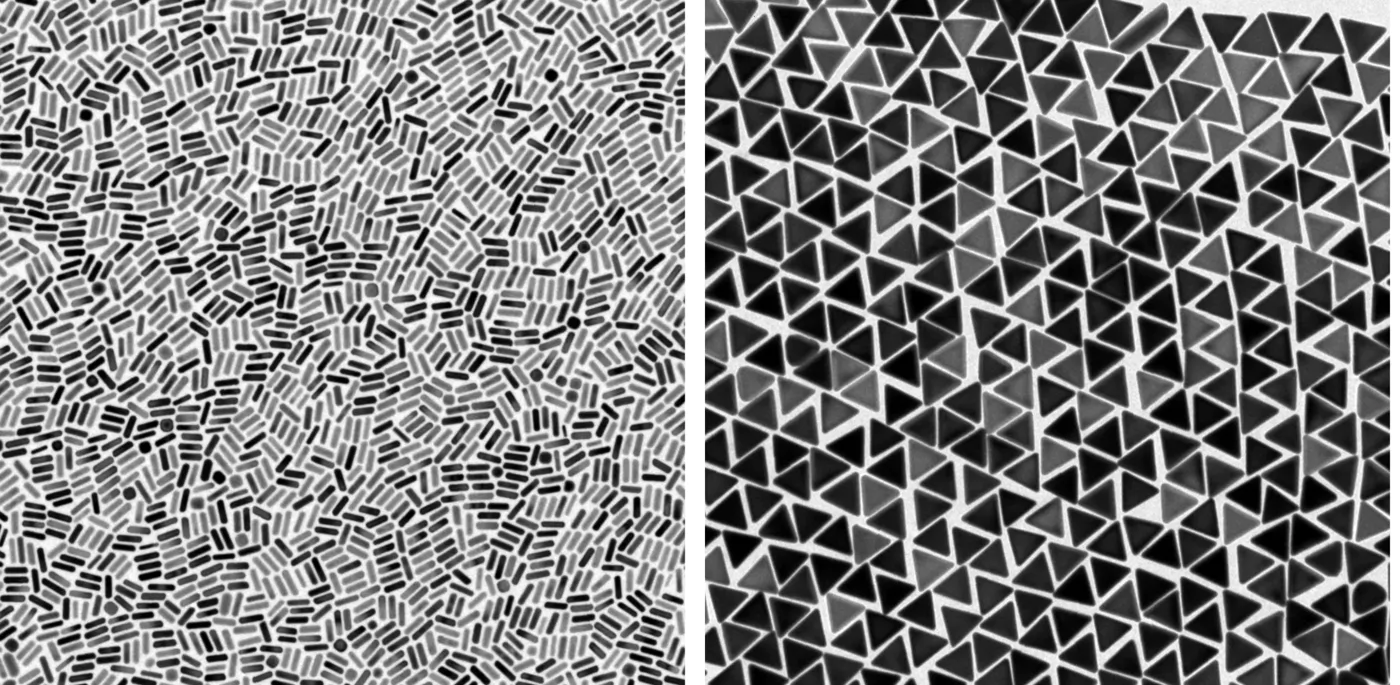
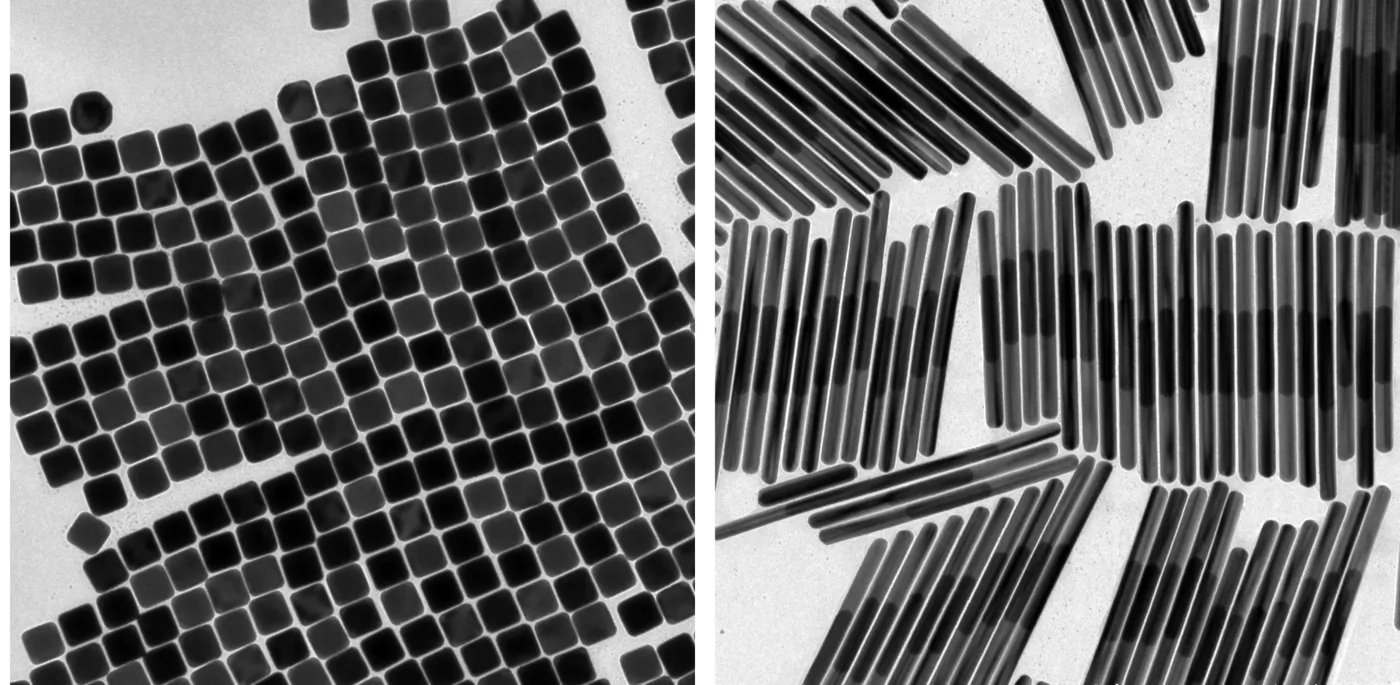
Light-matter interaction in weak- and strong-coupling regime
Both localized and lattice plasmon resonances offer unique opportunities to modify the emission behavior of molecular systems. In the weak-coupling regime, both linear and non-linear optical phenomena can be enhanced by the presence of a plasmonic surface, improving the performance of sensing platform, biological tags or photonic architecture. In the strong-coupling regime the interaction can directly modify the energy landscape of the system, creating exciting opportunities for the discovery of new catalysts or optoelectronics devices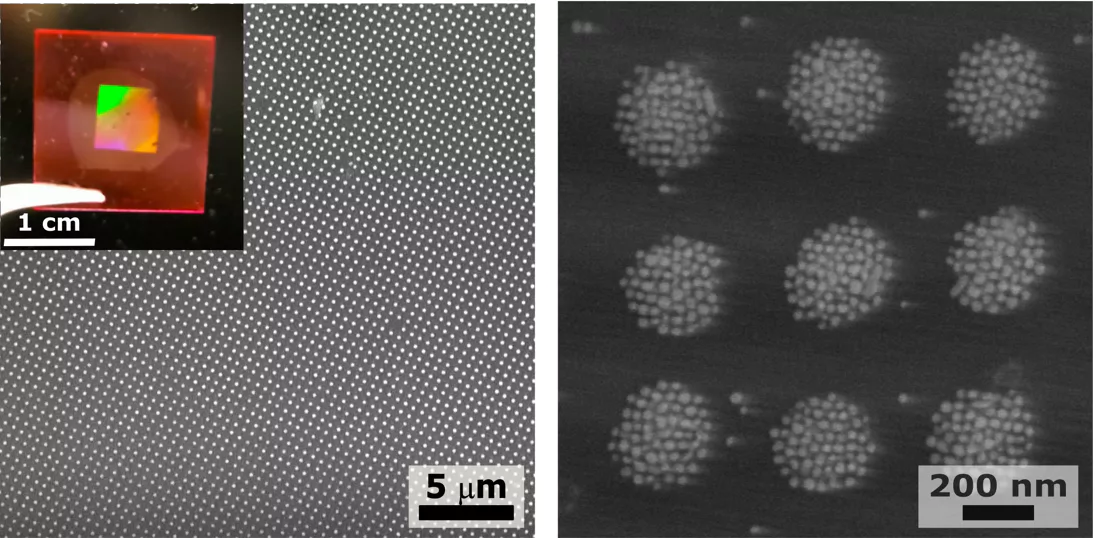
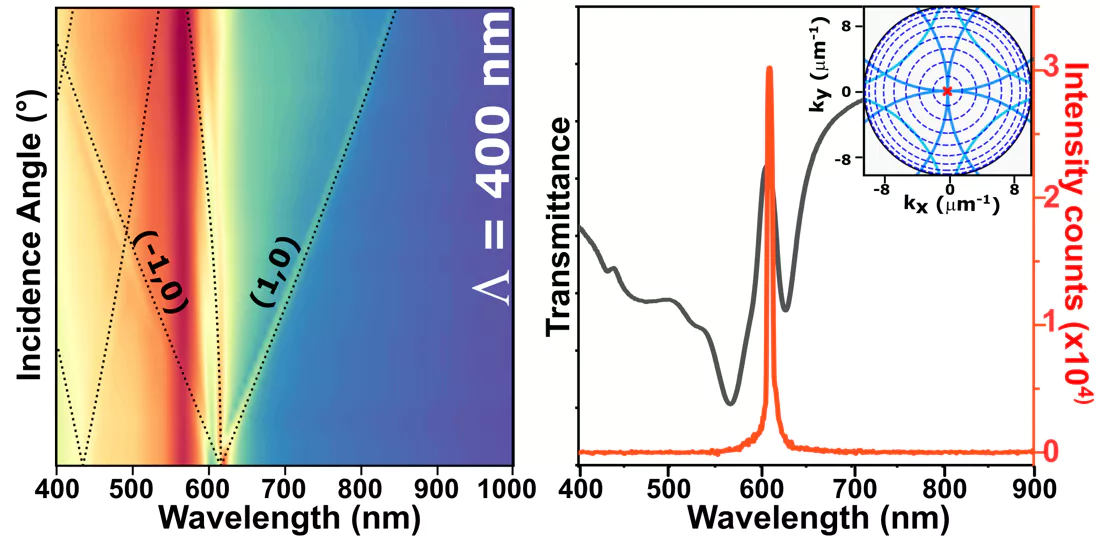
Direct in situ growth of nanoparticle arrays
Probably the most significant bottle-neck in the use of colloidal nanoparticles in real life applications is represented by their integration into functional solid-state devices. This typically required ad-hoc solutions for each colloid, including time consuming and hardly scalable steps such as ligand exchange, concentration, and self-assembly. My team recently developed an unconventional approach to force nucleation and growth of gold nanoparticles on pre-defined areas of a substrate, achieving the direct one-step growth of plasmonic arrays. We expect that this approach could be applied to a variety of different systems and materials, representing an alternative and truly scalable strategy for the preparation of complex nanoscaled architectures.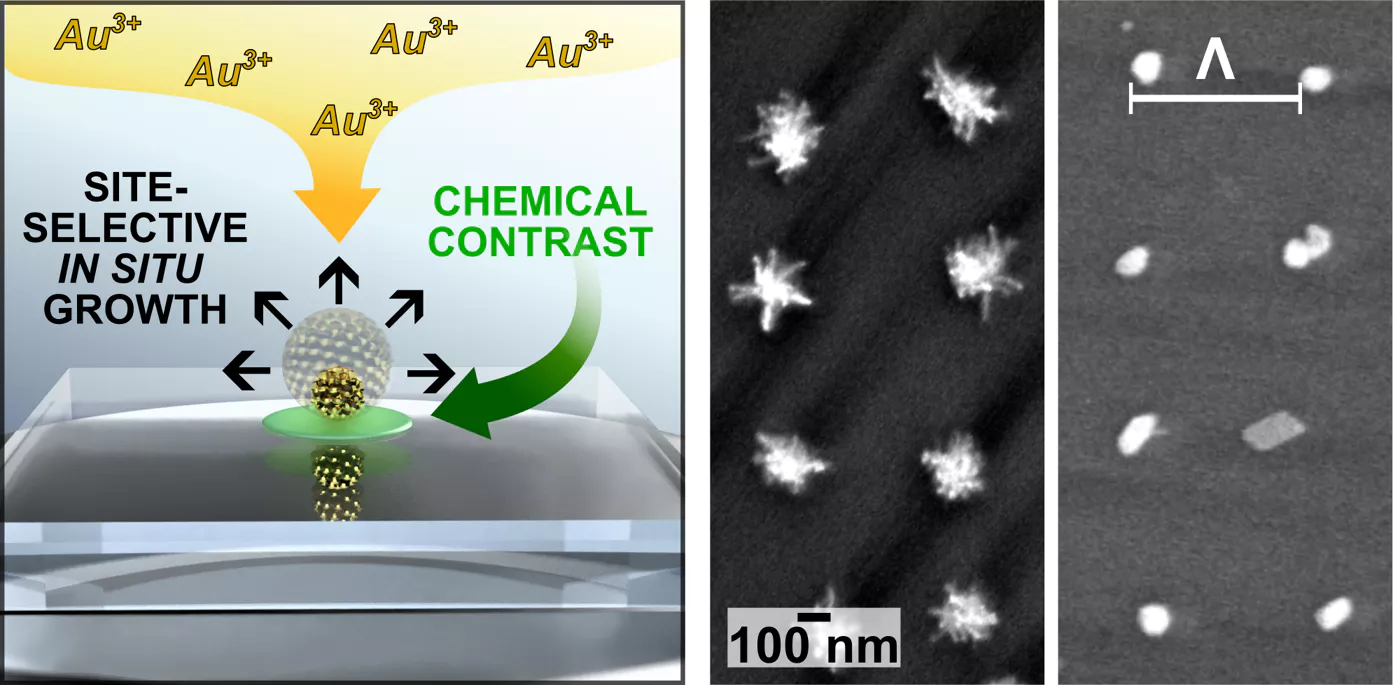
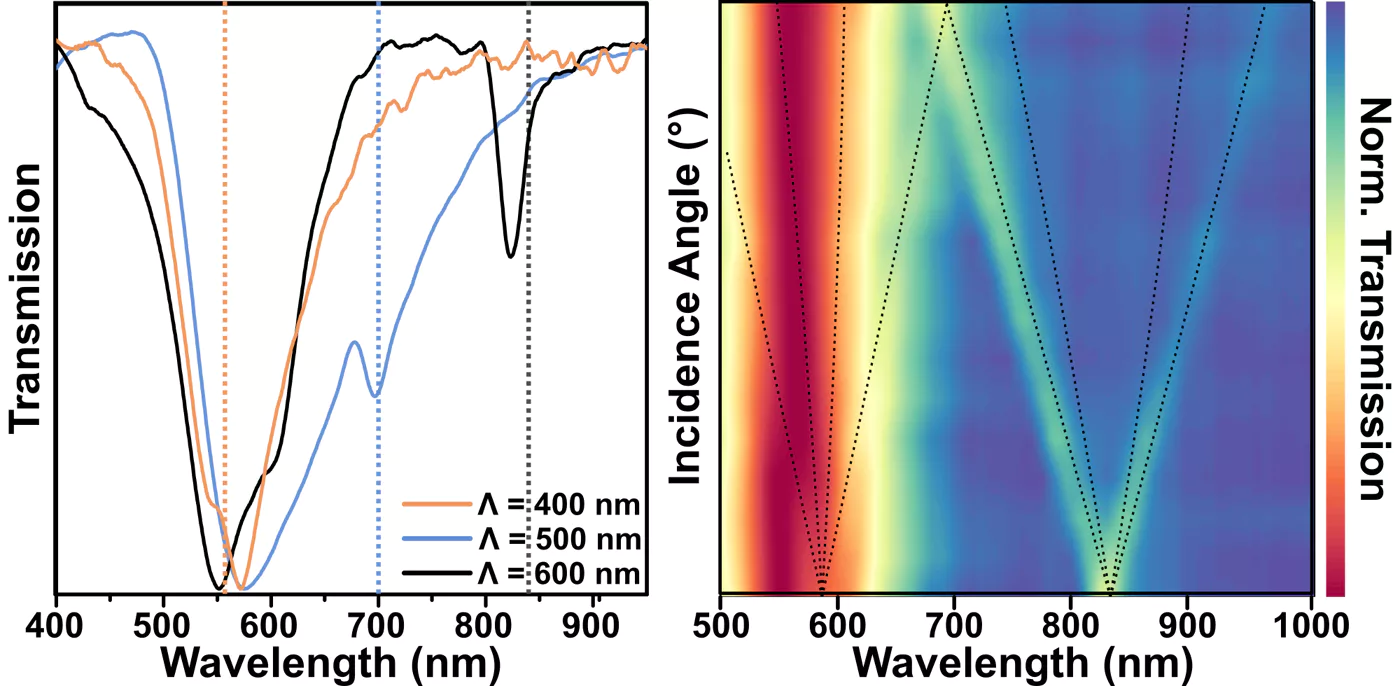
Relevant Publications
ACS Cent. Sci., 2020, 6, 11, 2105-2116Adv. Mater., 2022, 2205330